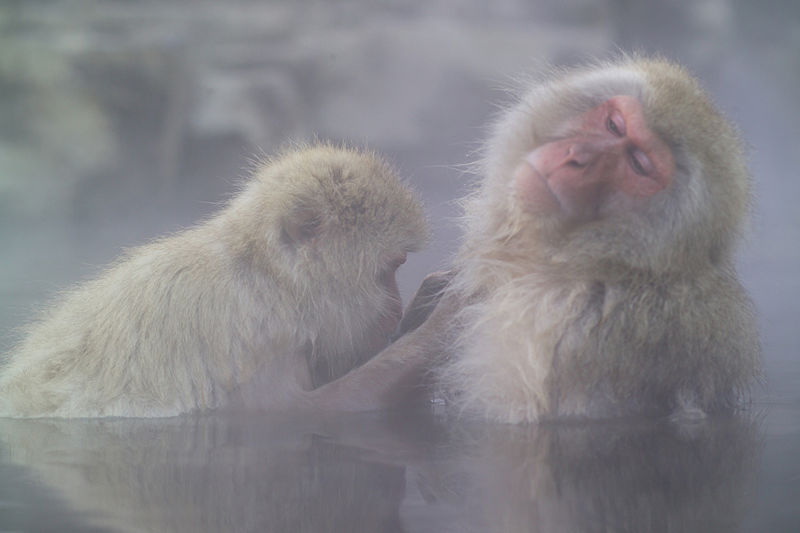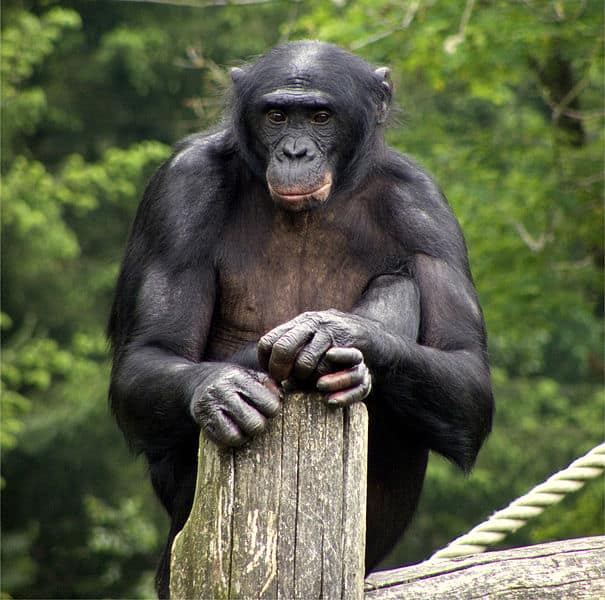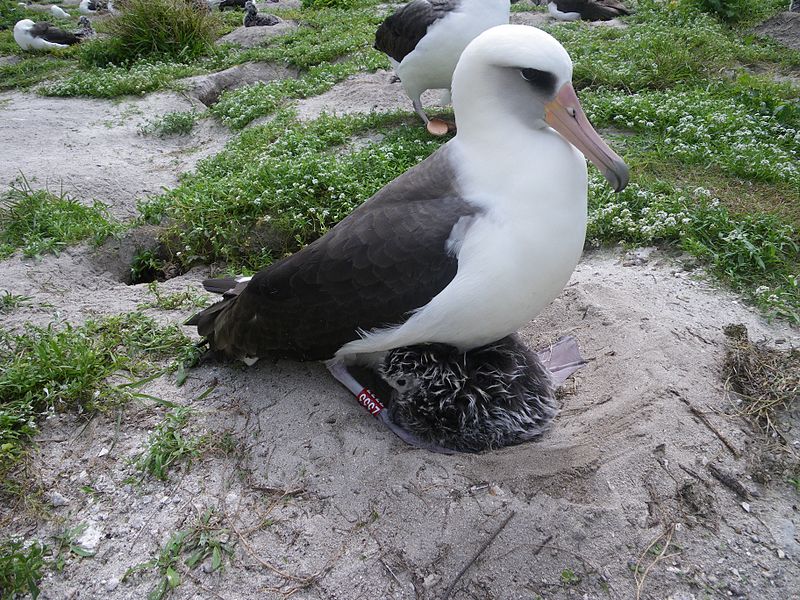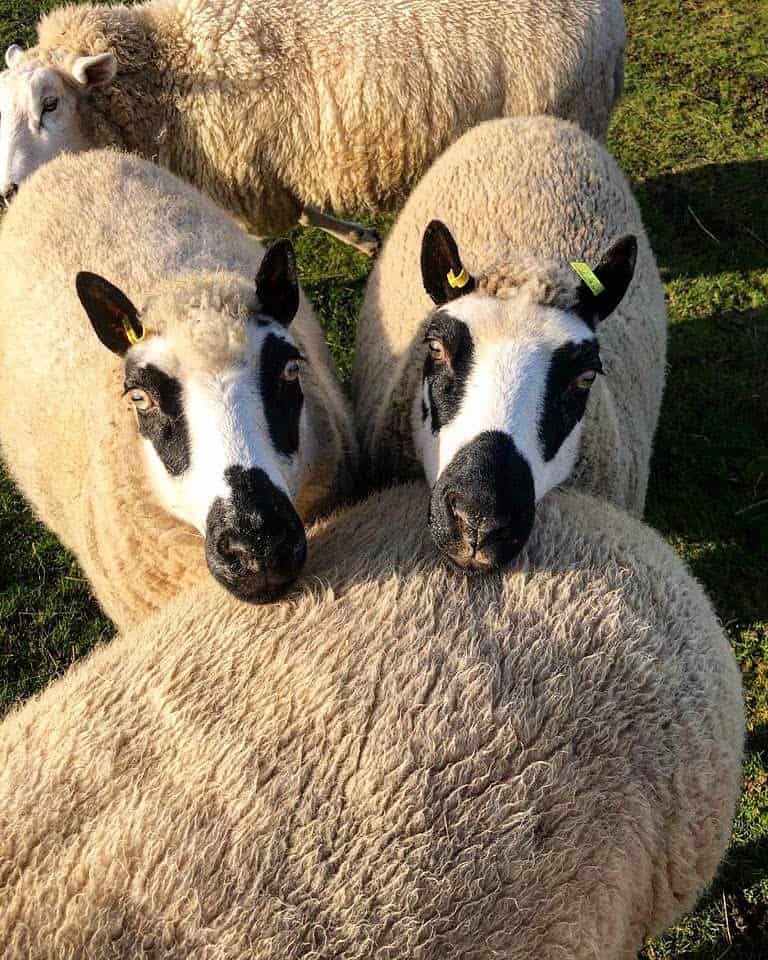It’s June, the sun has shown up and summer is finally here which can mean only one thing- Pride Month! So, reach for your rainbow flag as I take you on a journey into the wonderful world of animals who don’t always comply to the “norm”.
Pride month is a celebration; it celebrates all those who are little bit ‘different’, who do not always feel like they fit in or there isn’t always the right box to tick when filling out forms. It is about people coming together in love and friendship, to show how far LGBTQI+ rights have come since the Stonewall Riots in America in 1969 when being gay was classed as having a mental illness (more about the Stonewall Riots here). Shockingly it is still illegal to be gay in 73 countries with some still holding the death penalty. Pride is about being proud of who you are no matter who you love. Some people wave their flags high for all to see whilst others keep them deep in their pockets, everyone is different but everyone deserves the same respect.
In the Wild
One of the biggest arguments I hear against homosexuality is it being “not natural”. There is evidence of over 450 different species of birds, mammals, insects, and reptiles willingly participating in homosexual activities both in captivity and in the wild including penguins, primates, bears, cats, tortoises and even fish!! A full list can be found here.
Animals have been observed engaging in same sex matings for decades but for most of that time, the documented cases were largely seen as anomalies or curiosities. The turning point was Bruce Bagemihl’s 1999 book Biological Exuberance, which outlined so many examples, from so many different species, that the topic moved to centre stage. Since then, scientists have studied these behaviours systematically and have included homosexual activities such as courtship, pair-bonding and parenting. Looking at Darwin’s Theory of Evolution by Natural Selection, homosexual animals surely would not be passing on any genes and would therefore quickly die out but that evidently is not what is happening. For some animals, homosexual behaviour is not an occasional event – which we might put down to simple mistakes – but a regular thing.
Japanese Macaques (or Snow Monkeys) are famed for female-female copulation during the winter breeding season. The females will even stare intensely into each other’s eyes during mating, something macaques rarely do to each other at any time and these pairings can last up to a week with hundreds of mountings. When they are not mating, the females will stay close to each other grooming, sleeping and defending off other rivals! Scientists are unable to pinpoint an exact reason as to why macaques act in this way as they are also seen mating with males as well, in fact they often mount the males, trying to encourage them to mate more!

However, in some cases there is a fairly straightforward evolutionary reason why animals engage in homosexual behaviour. In the first half an hour of life, male fruit flies will mate with any fly it can get its wings on until they suss out the smell of the virgin females and mate with them. Male flour beetles use a distinctly sneaky trick. They often mount each other and go so far as depositing sperm. If the male carrying this sperm mates with a female later, the sperm might get transferred – so the male who produced it has fertilised a female without having to court her. Both of these examples show males using homosexual behaviour to fertilise more females, so could evolution potentially favour these traits rather than the insects being homosexual themselves?
Something more relatable?
The bonobo is one of our closest relatives, sharing 98.7% of our DNA. These ‘oversexed apes’ are famed for engaging in almost constant sexual relations including homosexual activities among both males and females. Aside from the evidence that they, like the macaques, just seem to enjoy it, bonobo mating’s also cement social bonds. Youngsters in the group will mate with any higher-ranking individuals in order to climb the social ladder and males may reduce tension after a fight by “penis fencing”. Bonobos are one of the few species in which sexual behaviour seems to be about more than just reproduction.

Parental Success
Albatross’s notoriously mate for life and each chick hatched requires two parents to rear it successfully, therefore doing it repeatedly really hones the parenting skills of the adults. In Hawaii, 31% of a Laysan Albatross population is made up of female/female pairings. Rouge naughty males that are already paired with females will sometimes sneak off and mate with one or both of the pairing allowing them the opportunity to rear an egg. The female pairings are not always as efficient as ‘straight’ parents but have more success than those that choose to be single mothers.
With this in mind, did you know it is still illegal for same sex human couples to adopt a child in 26 countries and gay marriage is illegal in 70 countries?! However, these birds may not be inherently homosexual as this population in particular have a shortage of males. Further studies suggest that same sex coupling is much rarer if the sex ratio is equal.

Pride at the Park
At Wingham Wildlife Park, we had our own celebrity homosexual couple- Jumbs and Kermit the Humboldt penguins. Around 10 years ago, one of the females, Isobel started abandoning her eggs and when keepers noticed that the boys had paired up, they gave them one of the abandoned eggs which they attempted to hatch themselves. When Jumbs passed a couple of years later, Kermit wasted no time in pairing up with female Pearl the next season!! More can be found on this story here.

Are there any animals with same sex only preferences though?
All of these examples so far show how various species have participated in both same-sex and opposite-sex matings so maybe the term ‘bisexual’ would be more apt for these? So let us delve into animals that show a constant preference for same-sex relationships even when a heterosexual option is still readily available. There are actually only two species that have been recorded as showing same-sex preference for life: humans and domestic sheep (Ovis aries).

A study in the 1990s showed that up to 8% of male sheep in a flock preferred the company of other males. Further research showed that the hypothalamus (the part of the brain that releases pleasure hormones) was slightly smaller in males displaying homosexual tendencies. In fact, neuroscientific studies have showed a similar difference in the brain structure of gay men also.
But how does ‘being gay’ benefit the animal world? How are the genes for male preference being passed on if the males are not breeding? Well, quite simply they are not; relatives could also carry the same gene and pass it on. For that to happen, the genes that make some males homosexual would have to have another, useful effect in other sheep. It has been suggested the gene promoting homosexual behaviour in male sheep could also make females more fertile or increase their desire to mate. This means that sisters of homosexual sheep could even have more offspring than average. It is thought that if the genes are having such a beneficial effect in females, they outweigh the effect in males and then the gene is going to persist. Food for thought?
Be Kind and Happy Pride ????


